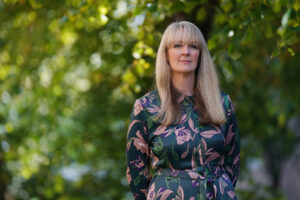To infinity and beyond: world’s first disabled astronaut rides the ‘vomit comet’
John McFall is the European Space Agency’s (ESA) first ever para-astronaut, selected to study how achievable it is for someone with a physical disability to be blasted off into space.
When he was just 19, John McFall lost his leg in a motorcycle accident and now uses a high-tech prosthesis. However, this has never held him back.
From winning a bronze medal at the 2008 Paralympics in Beijing for the 100m to training to become a doctor at Cardiff University, John has now taken his first zero-gravity flight – potentially in preparation for going into orbit.
John, originally from Frimley in Surrey, was videoed by the BBC experiencing weightlessness for the first time on a specially adapted aircraft, known as a ‘parabolic flight’ or the ‘vomit comet’. Parabolic flights reproduce gravity-free conditions in an aircraft by alternating upward and downward arcs, interspersed with level flight.
Speaking with the BBC, John said he noticed difference with his leg in low gravity compared to down on Earth. He went on to say his prosthetic leg may be too high-tech for a low gravity environment, so if he really went into space it would likely need adjustments.
He said: ‘I’m floating around with my leg out straight, because that gravity isn’t there, so it’s harder for me to turn quickly, because my leg doesn’t want to bend.
‘I’m just getting used to that and working out how I can move myself in zero gravity, but each parabola is a learning opportunity.’
Currently, John has out his medical career on hold to take part in this mission and follow his ‘passion for science and life’.
Last year, when he was selected to take part in the ESA project, John said: ‘When the advert for an astronaut with a physical disability came out I read the person specification and what it entailed and I thought, wow, this is such a huge interesting opportunity.
‘I thought that I would be a very good candidate to help ESA answer the question that they were asking; can we get someone with a physical disability into space?’.
John McFall is just one of 17 male and female astronauts who are part of the new cohort.
The successful candidates were chosen from a whopping 22,523 applicants, including three Britons who hope to follow in the footsteps of current British astronaut Tim Peake.
Tim – who announced his retirement in January – was selected as an ESA astronaut in 2009 and spent six months on the International Space Station from December 2015.
Image: NASA
















